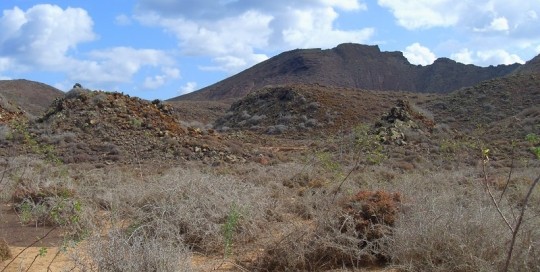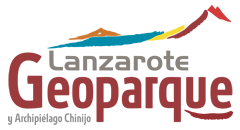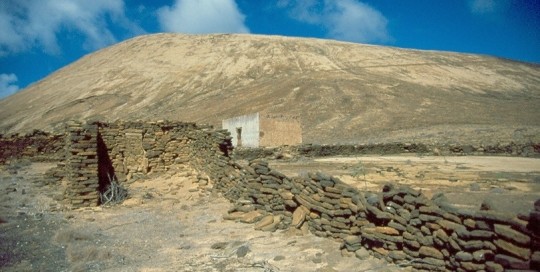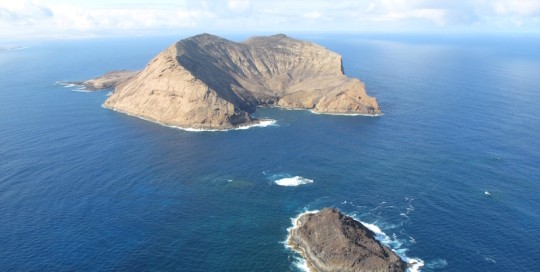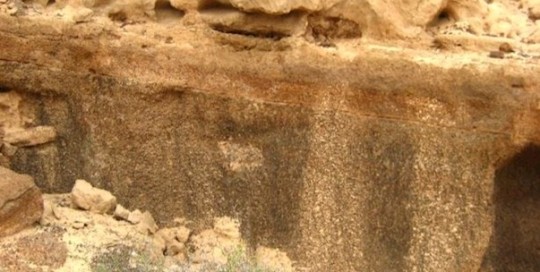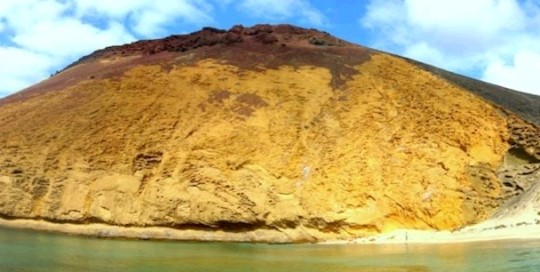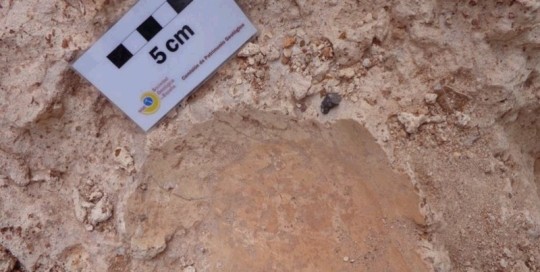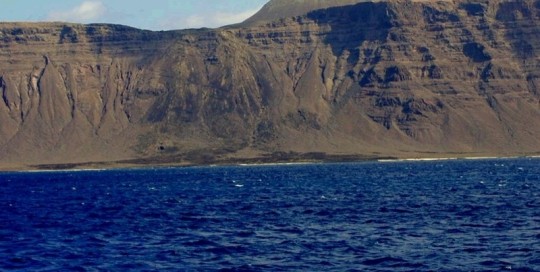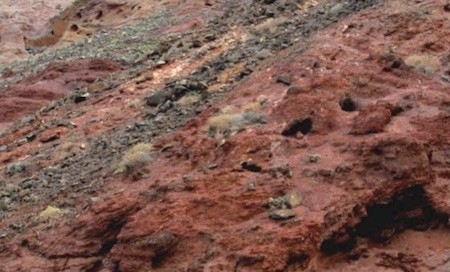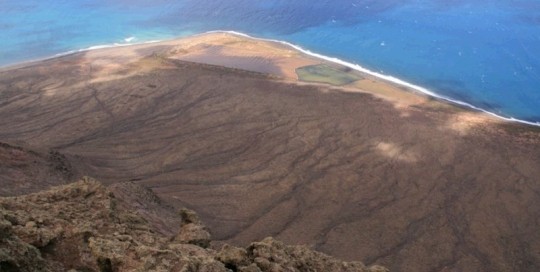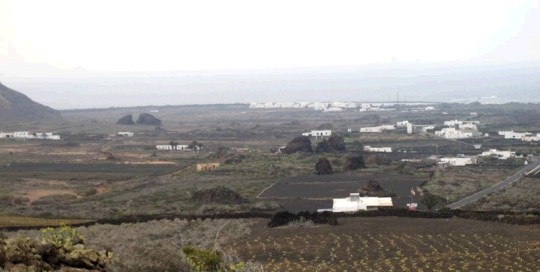Se trata de coladas basálticas principalmente de tipo aa que se encuentran fragmentadas en bloques y con numerosos túmulos agrietados longitudinal y transversalmente, procedentes de la fisura eruptiva de Montaña Lobos, de edad pleistocena. Sobre estas coladas, se localizan corrientes de densidad piroclásticas de génesis hidromagmáticas procedentes de la caldera hidromagmática. En las zonas más [...]
